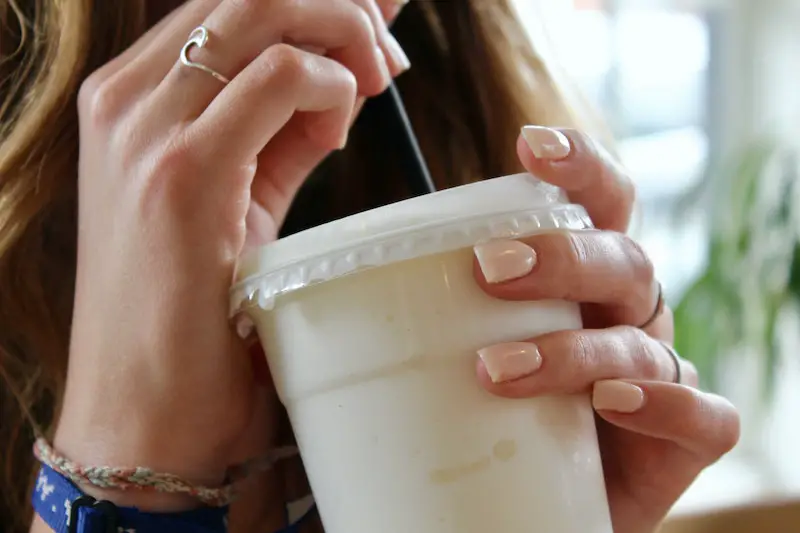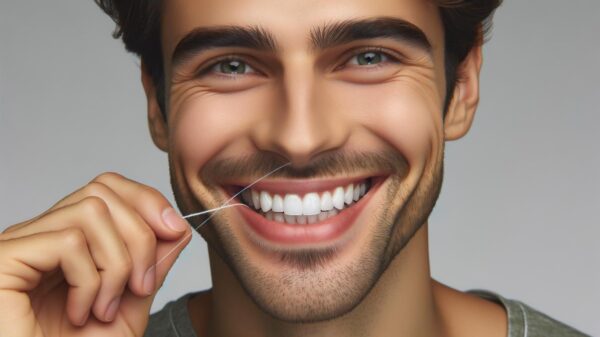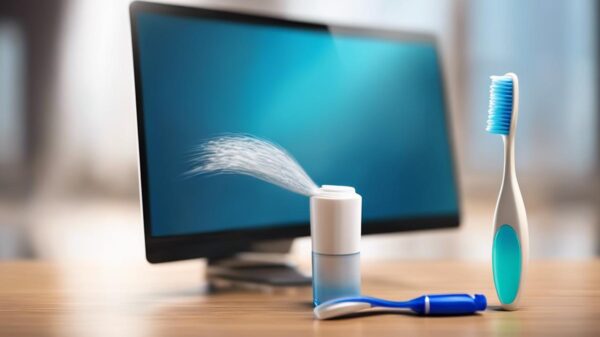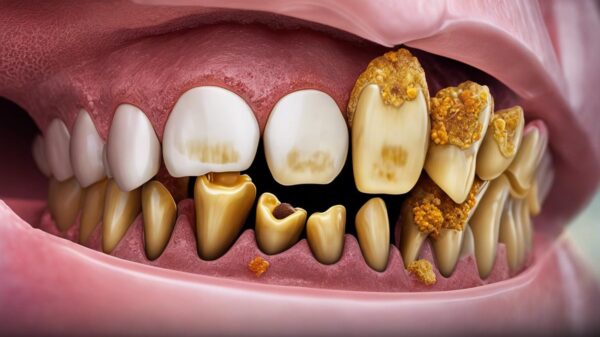Things to Know About Eating After Tooth Extraction
Some may say kids say the darndest things, but I beg to differ: I believe people in the medical field say the darndest things. As the daughter of two medical professionals and friend of many in the field, I have heard my fair share of stories over the years. These stories have definitely reaffirmed my decision to avoid all things medical; those fields aren’t for the faint of heart.
Recently, I was talking to a friend who currently is in dental school, and hearing all about her patients’ woes. I was particularly uncomfortable listening to the story of a tooth extraction, and hearing about how that particular patient did not listen to the advice of the dental staff when knowing how to eat following an extraction.
That made me wonder, what can you eat after a tooth extraction? After a cursory Google search and hearing more from my dental expert friend, I learned that for at least 24 hours after your tooth extraction, you should consume only soft foods and liquids. You can ease into a more normal diet when you feel comfortable doing so.
Generally, tooth extraction patients are advised not to consume alcoholic beverages for at least 24 hours following the oral surgery. Keep reading to learn more!
What Is A Tooth Extraction?
Tooth extraction is the procedure of removing a tooth. While many teens and some adults get their wisdom teeth removed, there are other reasons why tooth extraction may be necessary in adulthood. Some patients may be experiencing tooth decay, tooth infection, or crowding of teeth in the mouth – all of which require a tooth extraction.
Additionally, those who get braces may need one or two teeth removed to provide room for their other teeth as they shift into place. There are also instances of patients undergoing chemotherapy or who are about to have an organ transplant that may need compromised teeth removed to keep their mouth healthy.
Tooth extraction is performed by a dentist or oral surgeon and is a relatively quick outpatient procedure with either local, general, intravenous anesthesia, or a combination. Of course, teeth that are broken, below the surface, or impacted require a more involved procedure.
What to Eat & What to Avoid After Tooth Extraction
Here are some important notes to reference regarding what to eat following your tooth extraction.
How to Eat
Following a tooth extraction, it’s advisable to only chew on the opposite side of your mouth from the treated area. It may be tempting to use a straw, but it’s recommended not to use a straw because the suction can dislodge the blood clot and lengthen your total healing time.
What to Eat After Tooth Extraction
 For the first 24 hours after a tooth is extracted, it’s expected that the patient will only consume soft foods and liquids. Once your mouth is less sore, you can ease into a normal diet once you feel comfortable doing so.
For the first 24 hours after a tooth is extracted, it’s expected that the patient will only consume soft foods and liquids. Once your mouth is less sore, you can ease into a normal diet once you feel comfortable doing so.
It’s advised to eat easy-to-chew foods for a few days, as well as cool foods, such as yogurt, pudding, Jell-O, and ice cream.
If you decide ice cream is your go-to, select a variety without hard textures like nuts or candy pieces. Applesauce is also a good choice after your tooth extraction because it will add some fiber to your diet.
After the first day, you might try mashed potatoes, mashed sweet potatoes, scrambled eggs, oatmeal, pancakes, and broth-based soups without large chunks of meat.
Make sure with any of these foods, they are lukewarm and not super hot. Hot foods could disrupt your healing process.
What Not to Eat
Following a tooth extraction, patients should avoid alcoholic beverages for the first 24 hours at least following the surgery. Especially if you are on heavier pain medications, you should avoid alcohol, as these two substances are a dangerous mix.
For about a week, it’s best to avoid eating hard, crunchy, chewy, or brittle foods like chips, nuts, and popcorn. You might also find it difficult to properly chew tough cuts of meat. You can find more information on foods to eat and avoid after tooth removal here.
What is the Procedure for a Tooth Extraction?
Tooth extraction can be either be simple or surgical, depending on whether your tooth is visible or impacted.
Simple Extraction
If your tooth is visible, that will be a simple extraction. During a simple extraction, it’s exactly that – fairly simple!
You’ll receive a local anesthetic, which numbs the area around your tooth so you’ll feel only pressure, not pain, during the procedure. The dentist then uses an instrument called an elevator to loosen the tooth and forceps to remove it.
Surgical Extraction
If your tooth isn’t visible, such as a broken tooth with roots still in the gums, this will qualify as a more in-depth surgical extraction. During this process, you will likely receive both local anesthesia and intravenous anesthesia, which makes you calm and relaxed.
You may also receive general anesthesia, depending on any medical condition. With general anesthesia, you will remain unconscious during the procedure.
The general dentist or oral surgeon will cut into your gum with a small incision. They may need to remove bone around your tooth or cut your tooth before it can be extracted.
What is the Recovery Period Following a Tooth Extraction?
Fortunately, it shouldn’t take longer than a few days to recover following a tooth extraction. If you follow the following steps, this will make sure your recovery goes as smoothly as possible:
- Apply Ice: Apply an ice pack to your cheek directly after the procedure to reduce swelling. It’s recommended you use the ice pack in 10-minute increments.
- Medication: Take any medications as prescribed, including over-the-counter painkillers.
- Rest and Relaxation: It’s important to rest and relax for the first 24 hours to allow your body to properly heal. Do not jump immediately into your exercise routine the following day.
- Habits: Don’t use a straw for the first 24 hours. Don’t smoke. Don’t rinse for 24 hours after the tooth extraction, and spit only gently.
- Sleeping: Use pillows to prop your head up when you lie down.
- Hygiene: Brush and floss your teeth like normal, but avoid the extraction site. After 24 hours, add a half-teaspoon of salt to eight ounces of warm water to rinse out your mouth.
It’s very important to note that if you are experiencing pain that isn’t going away after several days or signs of an infection —including fever, pain, and pus or drainage from the incision — make an appointment to see your dentist as soon as possible!
Related Questions
How much does a tooth extraction cost? The cost for tooth extraction varies widely depending on whether the tooth is impacted. Simple extraction usually costs between $75 and $200 per tooth and may be more depending on the type of anesthesia you need. The cost to remove impacted teeth is significantly higher and can land anywhere between $800 and $4,000.
Does dental insurance cover extractions? Generally, dental policies cover some portion of the cost of preventive care, fillings, crowns, root canals, and oral surgery, such as tooth extractions.












